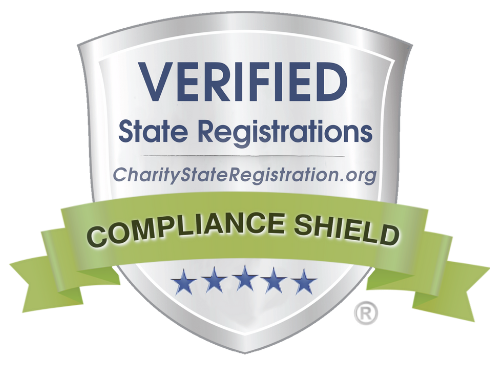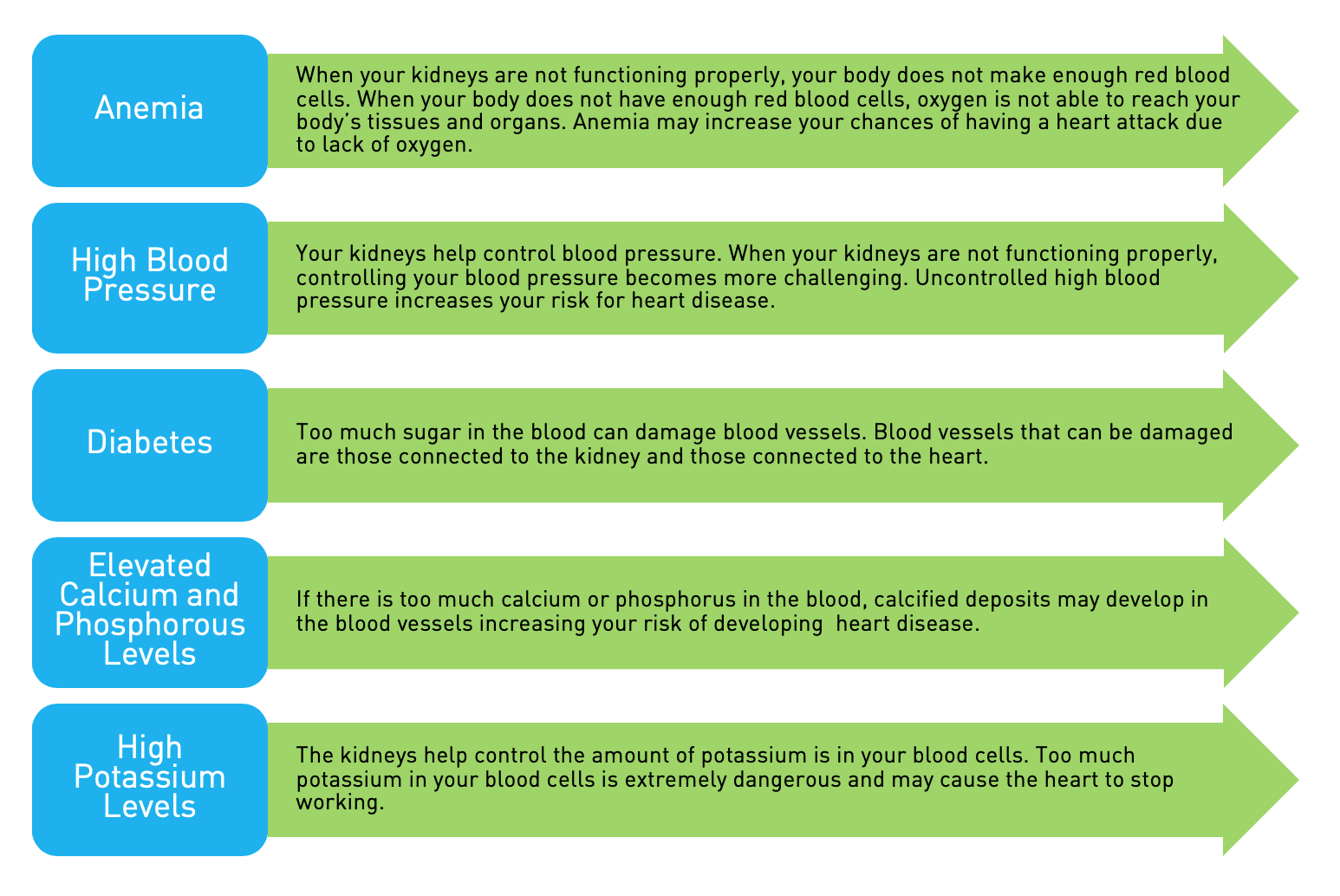Growing up as a child with a parent in the military, Eileen Paredes has lived all over the world. Born in Hawaii, she’s lived in Japan, Guam, Hawaii, and Florida before settling in California. The mountain terrains in California agreed with her. She enjoys taking hikes, exploring new territory. One new territory she did not expect to explore is kidney failure.
In 2008, doctors diagnosed Eileen with diabetes. Diabetes is no stranger to Eileen. Several members of her family were dealing with the disease. They often talked about the disease and consulted with one another on ways to control their sugar levels. However, no one talked about diabetes and its relationship to kidney disease. That was until doctors diagnosed Eileen with kidney failure.
In 2010, Eileen went to the hospital emergency room for a bleeding related to her diabetes. One of the doctors in the emergency room told her she may be in renal failure, but he did not do any further test to confirm his suspicion. A few months later, her primary physician asked her to get some lab work done. After reviewing the results, he noticed her potassium level was high and asked her to have a kidney biopsy.
“I was very shocked. I didn’t really wanted it to be true,” said Eileen after the kidney disease diagnosis was confirmed. “In the time between I was in the hospital for the bleeding and the time I got my kidney biopsied, I made changes in my life that I thought would improve my health like exercising and changing my diet. I thought I took all the right steps not to advance to kidney failure.”
One of Eileen’s doctors did mention kidney disease to her as a possible condition she could develop because of diabetes. But according to Eileen, it was not an in-depth conversation.
“He mentioned a few different ailments, and kidney disease was one of them. I didn’t take it serious because it was like a passing conversation. And the reading materials he gave me mentioned kidney disease, but it was buried in the pamphlets.”
Eileen’s doctor told her she would have a little more than a year before she needed to start on a renal replacement therapy. She thought that would be a long enough time for her to adjust to her new health status. She ended up going on dialysis eight months later. Thankfully, she was prepared. Eileen’s doctor had recommended she see a nurse who explained to her all her therapy options.
“Not only did the nurse talk to me about all the options, she actually had props and information to share we me. With peritoneal dialysis she had a dummy to show what the abdominal catheter would look like.” Eileen’s training nurse also showed her a home hemodialysis machine and talked to her about the process of dialyzing at home. Her doctor talked to her about the kidney transplant waiting list and encouraged her to try to work on getting on the list as soon as possible.
After seeing the home hemodialysis machine and talking through the process with the nurse, Eileen decided home hemodialysis would best fit her life. “There were two decisions that made me not chose peritoneal dialysis: one being a body image concern. I did not want something implanted in my stomach permanently. And two, I have a lap dog and I know the dog would always want to sit on my lap and want to be petted at all times.”
Eileen did chose home hemodialysis. “I knew the learning curve for home hemo would be very steep, and the treatment labor-intensive. But despite that, I’ve successfully integrated home hemo into my life. It’s now a part of my daily routine, like eating breakfast or going for a morning walk.”
Eileen was fortunate to be able to continue to work as a lawyer during this process. She was happy to have found a therapy that would allow her to stay employed. Unfortunate, due to company downsizing, her employer eliminated her job last year. But she has hopes of starting her own consulting company.
“It’s a little scary branching out on my own but I’ve been reaching out to other entrepreneurs and they’ve been giving me advice on how to get and maintain clients. The type of work I want to do will give me a little bit more control of balancing my lifestyle, my health care and work.”
When asked what advice she would give other kidney patients, she said “Learn as much as you can about your disease because it really helps demystify the disease and takes a lot of anxiety away from you if you know why you have to control your phosphorus; if you know why you can’t eat certain foods; if you know why you need to control your diet. You not only become a more educated patient, but in my opinion an educated and proactive patient is a healthy patient.”































